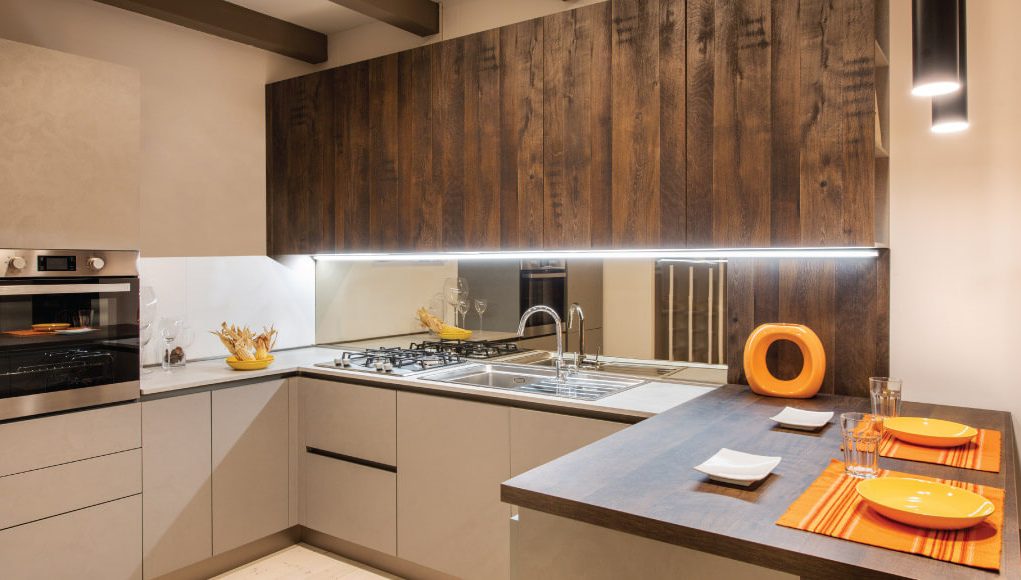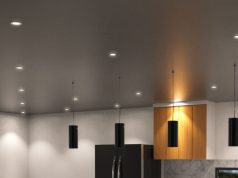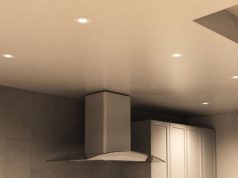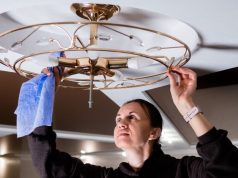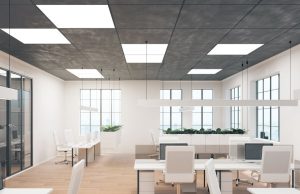Have you ever wondered why on earth do people buy different kinds of lamps and lighting fixtures? Do they really need to get that many? Are the ceiling lights not enough to brighten their home? Well, don’t worry, it’s not an unusual question to ask! It’s always been a topic of discussion whether or not several lighting fixtures are required to fully illuminate a home!
Proper lighting can significantly impact how functional the space is and how it will look. So, to ensure that you have the best lighting set up, you cannot settle with just one type of lighting. You have to combine different kinds (task, ambient and accent lighting) and arrange them strategically to optimise the functionality of the room and enhance its visual appeal. Let’s break them down one by one!
Task Lighting
Task lighting, as the name entails, focuses on helping you accomplish your tasks with ease. You don’t want to do your knitting in the dark since it will be a challenge to see the tiny details! Task lighting is localised, and you can customise its brightness and height level to suit your needs. There should not be any glare and it should be bright enough to prevent any eye strains. With task lights, it’ll be more comfortable to do activities such as reading, cooking, studying, working, and crafts.
Although collectively, task lighting is there to make working comfortable, you need to consider different factors (e.g., activity and age) before buying yours. When a person gets older, they require brighter lights and are more sensitive to glares. So, depending on these factors, you may need around 269 – 1076 lumens to ensure that your workspace is adequately lit.
There are several fittings that can supply you with task lighting. They include ceiling spotlights and track lights as well as desk or floor lamps and under cabinet lights. If you’re looking for a good desk lamp for your study room, get an adjustable one or one that’s angled downward so the light will be directed to your task and not into your eyes. Also, position your lamp at the side of your workspace to reduce shadows and limit glares.
Ambient Lighting
Contrary to task lighting, ambient lighting provides general illumination to the entire space and creates a doorway for a clear vision. It’s the most essential part of your lighting plan because there won’t be enough brightness to function and move around without it! In addition, ambient lighting sets the room’s tone, whether you want it to double as task lights or create a cosy and relaxing atmosphere for your downtime.
Usually, accent lighting comes from your overhead lights like chandeliers, downlights, pendant lights and other ceiling fixtures. Aside from that, some standalone fittings, like floor and table lamps, can also be used as ambient lighting to make the room feel warmer and soothing.
When setting up your ambient lights, you need to make sure that the brightness level is comfortable. This means there shouldn’t be any glares, and you’ll not develop headaches every time you hang out with your lights on. Also, keep in mind that your goal with this type of lighting is to distribute light evenly across the entire room. With that, you need to consider the size of the room and the amount of natural light when sketching your plan. This way, you’ll be able to create a harmonious lighting scheme that’s both effective and proficient!
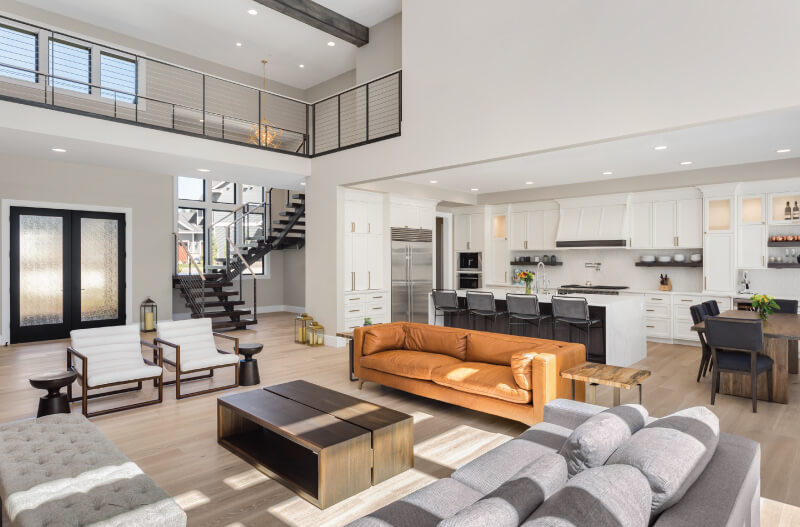
Accent Lighting
Many may not know this, but accent lighting is a great way to draw people’s attention towards a specific design element or unique features in your home. If you have valuable art pieces or precious mementoes that you want to highlight in your space, then accent lights can get the job done!
To ensure that your accent lighting is effective, it needs to be three times brighter than the rest of your fittings. When done perfectly, your accent lights can bring the focus to a specific spot without drawing attention to how it’s executed. This way, it won’t be too obvious or unnatural, and it will blend well with your entire lighting scheme.
The typical fixtures that can perform the duties of accent lighting are recessed lights and wall-mounted fittings like wall lights or scones that you can manipulate the angle to the direction you need. Just make sure that when lighting your artworks and other pieces, stay away from hot bulbs that may damage them. It’s better to stick with LEDs that don’t produce UV light and give off that much heat. You don’t want to wake up one morning and see your prized painting damaged!
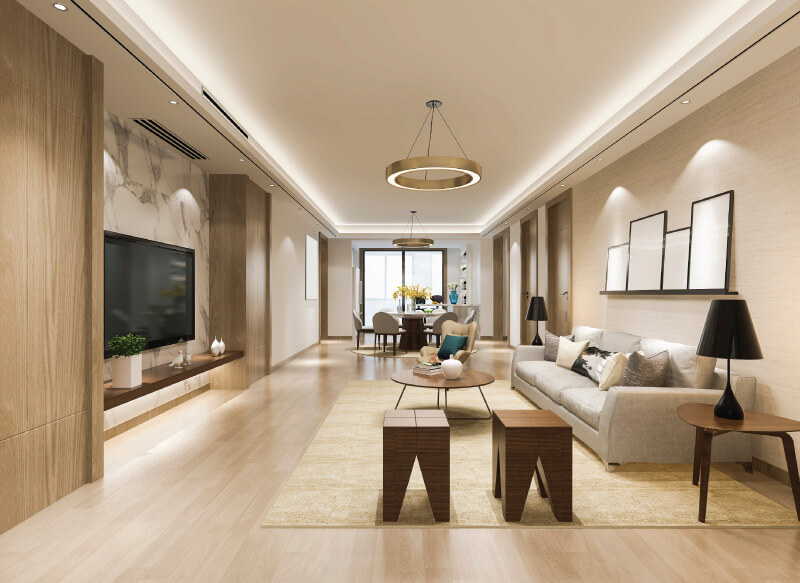
Now that you know that task, ambient, and accent lighting are all essential in your lighting plan, it’s time to start shopping! So, if you’re looking for premium-quality LED lights, head on to our website, Simple Lighting. We have an extensive collation that includes downlights, pendant lights, wall lights, plinth lights, ceiling spotlights, and more!


